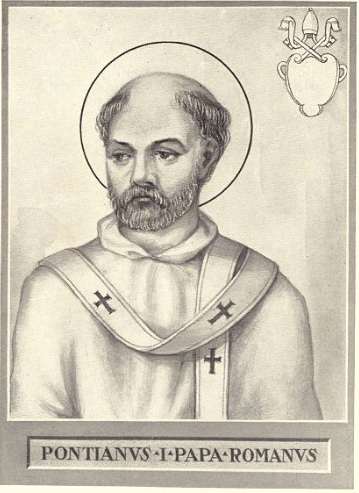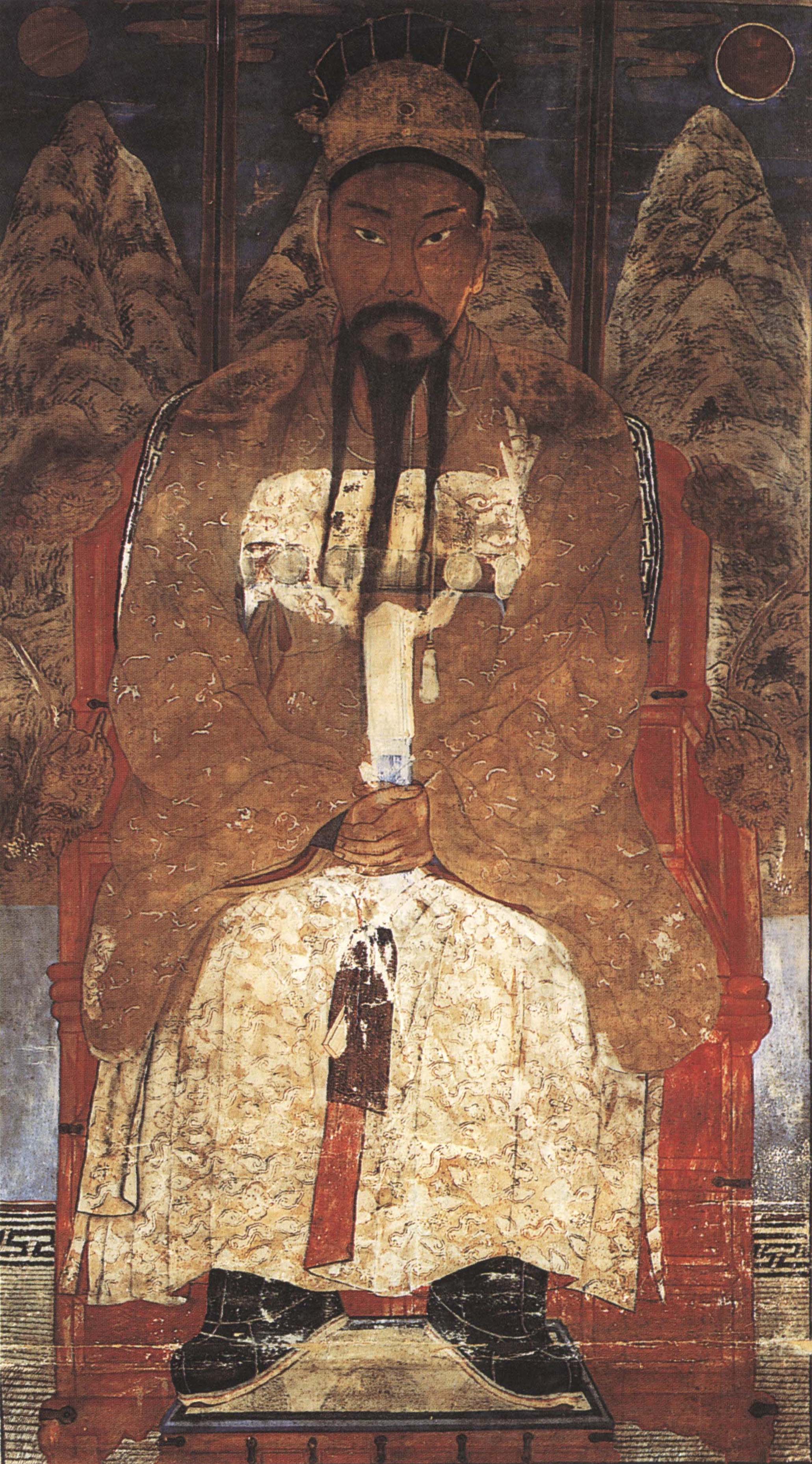|
Naehae Of Silla
Naehae (died 230, r. 196–230) was the tenth king of Silla, one of the Three Kingdoms of Korea. He is commonly called Naehae Isageum, ''isageum'' being the royal title in early Silla. As a descendant of Silla's 4th king Talhae, his surname was Seok. Background He was the grandson of the previous ruler, Beolhyu Isageum. Beolhyu's crown prince Goljeong and second son Imae died early, and Goljeong's son Jobun was too young. Naehae was the son of Seok Imae and Lady Naerye who is Jima Isageum's daughter. Nae married a cousin within the Seok clan. His queen's younger brother Jobun became the next king. Reign During his reign, the '' Samguk sagi'' reports cordial relations with the neighboring Gaya Confederacy, and repeated clashes with the rival kingdom Baekje. Baekje invaded in 199 and 214; Silla responded by conquering Baekje's Sahyeon castle. Naehae personally led the successful defense to Baekje's next attack in 218. Mohe invaded and defeat in 203, In 212, Gaya sen ... [...More Info...] [...Related Items...] OR: [Wikipedia] [Google] [Baidu] |
Silla
Silla (; Old Korean: wikt:徐羅伐#Old Korean, 徐羅伐, Yale romanization of Korean, Yale: Syerapel, Revised Romanization of Korean, RR: ''Seorabeol''; International Phonetic Alphabet, IPA: ) was a Korean kingdom that existed between 57 BCE – 935 CE and was located on the southern and central parts of the Korea, Korean Peninsula. Silla, along with Paekje and Koguryeo, formed the Three Kingdoms of Korea. Silla had the lowest population of the three, approximately 850,000 people (170,000 households), significantly smaller than those of Paekje (3,800,000 people) and Koguryeo (3,500,000 people). Its foundation can be traced back to the semi-mythological figure of Hyeokgeose of Silla (Old Korean: *pulkunae, "light of the world"), of the Park (Korean surname), Park clan. The country was first ruled intermittently by the Miryang Park clan for 232 years and the Seok (Korean surname)#Wolseong, Wolseong Seok clan for 172 years and beginning with the reign of Michu of Silla, Mi ... [...More Info...] [...Related Items...] OR: [Wikipedia] [Google] [Baidu] |
Kim Al-chi
Kim Al-chi (; unknown–?), was a historical figure in Korean history. His descendants formed the Gyeongju Kim, Kim royal clan of Silla, one of the Three Kingdoms of Korea. His legendary birth is said to have occurred during the reign of Silla's fourth ruler, King Talhae of Silla. Though Kim Al-chi never ruled as the King of Silla, his descendants did. Today, 1.7 million South Koreans are in the Gyeongju Kim clan, who trace their genealogy to Kim Al-chi. Birth legend The Samguk Yusa and Samguk Sagi both contain nearly the same story about Kim Al-chi's birth. In the year 65 (9th year of Talhae of Silla, Talhae's reign), King Talhae heard a rooster crowing in Gyerim, Sirim, west of Geumseong (Gyeongju, the Silla capital at the time). He sent his minister, Hogong, who was from Japan, to investigate, whereupon Hogong found a golden box hanging on a branch. Light was emanating from the box, and a white rooster was crowing under it. Hearing this report, the king ordered the box br ... [...More Info...] [...Related Items...] OR: [Wikipedia] [Google] [Baidu] |
Year Of Birth Unknown
A year is a unit of time based on how long it takes the Earth to orbit the Sun. In scientific use, the tropical year (approximately 365 solar days, 5 hours, 48 minutes, 45 seconds) and the sidereal year (about 20 minutes longer) are more exact. The modern calendar year, as reckoned according to the Gregorian calendar, approximates the tropical year by using a system of leap years. The term 'year' is also used to indicate other periods of roughly similar duration, such as the lunar year (a roughly 354-day cycle of twelve of the Moon's phasessee lunar calendar), as well as periods loosely associated with the calendar or astronomical year, such as the seasonal year, the fiscal year, the academic year, etc. Due to the Earth's axial tilt, the course of a year sees the passing of the seasons, marked by changes in weather, the hours of daylight, and, consequently, vegetation and soil fertility. In temperate and subpolar regions around the planet, four seasons ar ... [...More Info...] [...Related Items...] OR: [Wikipedia] [Google] [Baidu] |
3rd-century Monarchs In Asia
The 3rd century was the period from AD 201 (represented by the Roman numerals CCI) to AD 300 (CCC) in accordance with the Julian calendar. In this century, the Roman Empire saw a crisis, starting with the assassination of the Roman Emperor Severus Alexander in 235, plunging the empire into a period of economic troubles, barbarian incursions, political upheavals, civil wars, and the split of the Roman Empire through the Gallic Empire in the west and the Palmyrene Empire in the east, which all together threatened to destroy the Roman Empire in its entirety, but the reconquests of the seceded territories by Emperor Aurelian and the stabilization period under Emperor Diocletian due to the administrative strengthening of the empire caused an end to the crisis by 284. This crisis would also mark the beginning of Late Antiquity. While in North Africa, Roman rule continued with growing Christian influence, particularly in the region of Carthage. In Persia, the Parthian Empire was suc ... [...More Info...] [...Related Items...] OR: [Wikipedia] [Google] [Baidu] |
230 Deaths
Year 230 ( CCXXX) was a common year starting on Friday of the Julian calendar. At the time, it was known as the Year of the Consulship of Agricola and Clementinus (or, less frequently, year 983 ''Ab urbe condita''). The denomination 230 for this year has been used since the early medieval period, when the Anno Domini calendar era became the prevalent method in Europe for naming years. Events By place Roman Empire * Emperor Alexander Severus decides that Thessaly should be a separate province from Macedonia. He increases taxes, in order to maintain the war against the Sassanids, and strengthen the defenses of the Roman Empire. Persian Empire * King Ardashir I of the Persian Empire invades the Roman province of Mesopotamia, and unsuccessfully besieges the fortress town of Nisibis (Turkey). His army threatens the border outposts of Syria and Cappadocia. * Alexander Severus assembles the Roman army, and establishes his headquarters at Antioch. He attempts a diplomati ... [...More Info...] [...Related Items...] OR: [Wikipedia] [Google] [Baidu] |
Silla Monarchs
Silla (; Old Korean: 徐羅伐, Yale: Syerapel, RR: ''Seorabeol''; IPA: ) was a Korean kingdom that existed between 57 BCE – 935 CE and was located on the southern and central parts of the Korean Peninsula. Silla, along with Paekje and Koguryeo, formed the Three Kingdoms of Korea. Silla had the lowest population of the three, approximately 850,000 people (170,000 households), significantly smaller than those of Paekje (3,800,000 people) and Koguryeo (3,500,000 people). Its foundation can be traced back to the semi-mythological figure of Hyeokgeose of Silla (Old Korean: *pulkunae, "light of the world"), of the Park clan. The country was first ruled intermittently by the Miryang Park clan for 232 years and the Wolseong Seok clan for 172 years and beginning with the reign of Michu Isageum the Gyeongju Kim clan for 586 years. Park, Seok and Kim have no contemporary attestations and went by the Old Korean names of 居西干 ''Geoseogan'' (1st century BCE), 次次 ... [...More Info...] [...Related Items...] OR: [Wikipedia] [Google] [Baidu] |
Silla Monarchs Family Tree
The following is a family tree of Korean monarchs. Goguryeo Baekje Silla Silla (57 BC – 935 CE) was one of the Three Kingdoms of Korea. In the early years, Silla was ruled by the Pak, Sǒk, and Kim families. Rulers of Silla had various titles, including ''Isageum, Maripgan, and Daewang''. Like some Baekje kings, some declared themselves emperor. , - , style="text-align: left;", Notes: Balhae Balhae (698-926) was an ancient Korean kingdom established after the fall of Goguryeo. Balhae occupied southern parts of Northeast China, Primorsky Krai, and the northern part of the Korean Peninsula. Goryeo The Goryeo dynasty ruled in Korea from 918 to 1392. It comprised 34 kings in 17 generations. What follows is, first, a selective genealogy of the reigning Wang clan, and second, a ta ... [...More Info...] [...Related Items...] OR: [Wikipedia] [Google] [Baidu] |
History Of Korea
The Lower Paleolithic era on the Korean Peninsula and in Manchuria began roughly half a million years ago. Christopher J. Norton, "The Current State of Korean Paleoanthropology", (2000), ''Journal of Human Evolution'', 38: 803–825. The earliest known Korean pottery dates to around 8000 BC and the Neolithic period began thereafter, followed by the Bronze Age by 2000 BC, Jong Chan Kim, Christopher J Bae, "Radiocarbon Dates Documenting The Neolithic-Bronze Age Transition in Korea" , (2010), ''Radiocarbon'', 52: 2, pp. 483–492. and the around 700 BC. The |
Rulers Of Korea
This is a list of monarchs of Korea, arranged by dynasty. Names are romanized according to the South Korean Revised Romanization of Korean. McCune–Reischauer romanizations may be found at the articles about the individual monarchs. Gojoseon Gojoseon (2333 BC – 108 BC) was the first Korean kingdom. According to legend, it was founded by Dangun in 2333 BC. Bronze Age archaeological evidence of Gojoseon culture is found in northern Korea and Liaoning. By the 9th to 4th century BC, various historical and archaeological evidence shows Gojoseon was a flourishing state and a self-declared kingdom. Both Dangun and Gija are believed to be mythological figures, but recent findings suggest and theorize that since Gojoseon was a kingdom with artifacts dating back to the 4th millennium BC, Dangun and Gija may have been royal or imperial titles used for the monarchs of Gojoseon, hence the use of Dangun for 1900 years. * : "An extreme manifestation of nationalism and the family cult was ... [...More Info...] [...Related Items...] OR: [Wikipedia] [Google] [Baidu] |
Heulhae Of Silla
Heulhae (r. 310–356, died 356), titled Heulhae Isageum, was the sixteenth ruler of the Korean kingdom of Silla. He was a member of the aristocratic Seok clan, which held the throne for much of the early period of Silla. According to the ''Samguk sagi'', he was the son of the general Uro, who was the son of Naehae Isageum. Although we do not know his year of birth, he was young when he first came to the throne. The ''Samguk sagi'' also relates an alliance by marriage with Wa, which was concluded in 313 but broke down in 346. In 347 there was a major invasion and the Japanese forces laid siege to Gyeongju. He was the last member of the Seok clan who ruled over Silla. Family *Grandfather: Naehae of Silla (died 230, r. 196–230) *Grandmother: Queen Seok, of the Seok Clan (), daughter of Seok Goljeong () *Father:Seok Uru () *Mother: Daughter-in-law: Queen Myeongwon, of the Seok clan (), daughter of Jobun of Silla See also * Three Kingdoms of Korea * Rulers of Korea * ... [...More Info...] [...Related Items...] OR: [Wikipedia] [Google] [Baidu] |
Seok Uro , a mountain pass in Kyrgyzstan
{{Disambiguation ...
Seok may refer to: *Seok (clan), clan among the Turkic-speaking people *Seok (Korean name), Korean surname and given names *Seok Pass Seok Pass, Söök Pass or Suyak Pass (, ) is a mountain pass in the Terskey Alatau mountain range of Kyrgyzstan. Its elevation of makes it the third highest mountain pass in Kyrgyzstan after Bedel Pass and Kyzylart Pass, and the highest one th ... [...More Info...] [...Related Items...] OR: [Wikipedia] [Google] [Baidu] |






